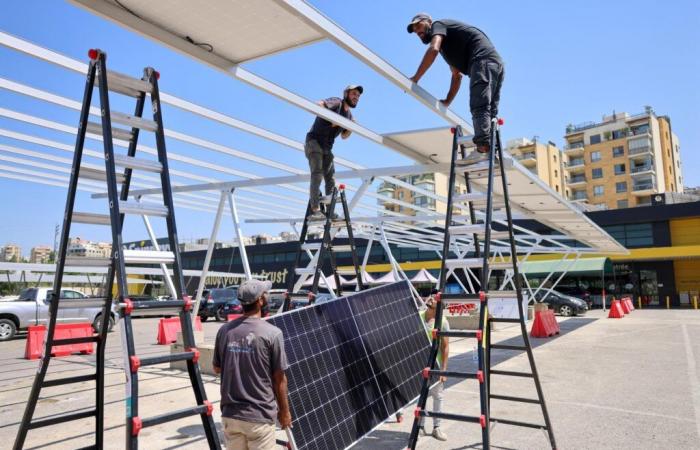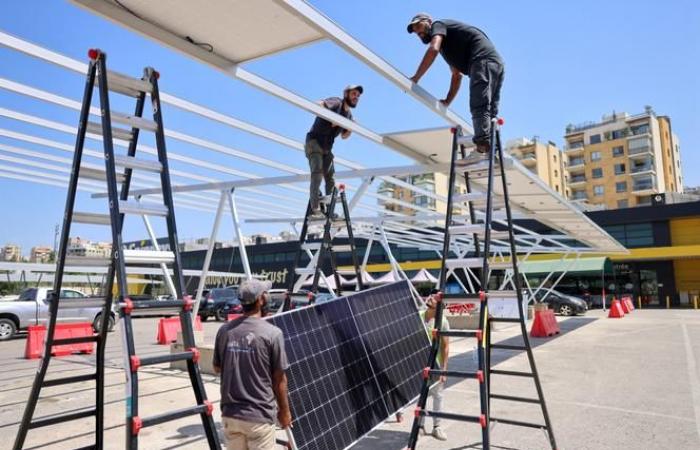The 29e world climate conference (COP29), which is due to open in Azerbaijan on Monday November 11, will focus on the burning issue of climate financing. Countries must adopt a new global target to replace the one set in 2009, which called for rich countries to mobilize $100 billion (92 billion euros) in annual aid for developing countries, a sum reached in 2022 with two years late. Romain Weikmans, professor of international relations at the Free University of Brussels, deciphers the misunderstandings and misunderstandings between North and South in this discussion, far from being only technical.
What are the needs of developing countries in the face of the climate crisis?
They are massive and far from being reached. Already in 2009, the 100 billion was considered very insufficient given the scale of needs. This symbolic figure, developed without scientific basis, was used as a last-minute bargaining chip to try to “buy” the signature of developing countries on the Copenhagen agreement. Since then, the impacts of climate change have increased considerably.
Evaluating the cost of reducing emissions and adapting to the effects of global warming is particularly complex. The committee responsible for finance within the climate conference arrived at the sum of 5.9 trillion dollars by 2030, by adding up the needs declared by developing countries, but not all have quantified them.
Read also | Article reserved for our subscribers COP29: “The questions of financing the climate issue are the symbol of North-South misunderstandings”
Read later
Some countries of the South have proposed that the new financing objective be established at 1,000 or 1,300 billion dollars per year by 2030. Beyond the amount, the important thing is what we count. Developing countries insist that this money be public, recorded as a grant equivalent and “new and additional” in relation to the promises of official development assistance.
Climate financing indeed gives rise to controversies over counting…
These controversies have undermined trust between North and South for more than fifteen years. Most rich countries count their grants and loans, which must be repaid, in the same way, which irritates developing countries, and they estimate the amounts they mobilize rather roughly. For example, the construction of a school equipped with solar panels could be entirely counted as climate financing while only a fraction (the cost of the panels) helps in the fight against global warming. According to work by the NGO Oxfam, only a third of the 116 billion dollars that rich countries declare having mobilized in 2022 can really be counted as climate financing.
You have 53.75% of this article left to read. The rest is reserved for subscribers.







